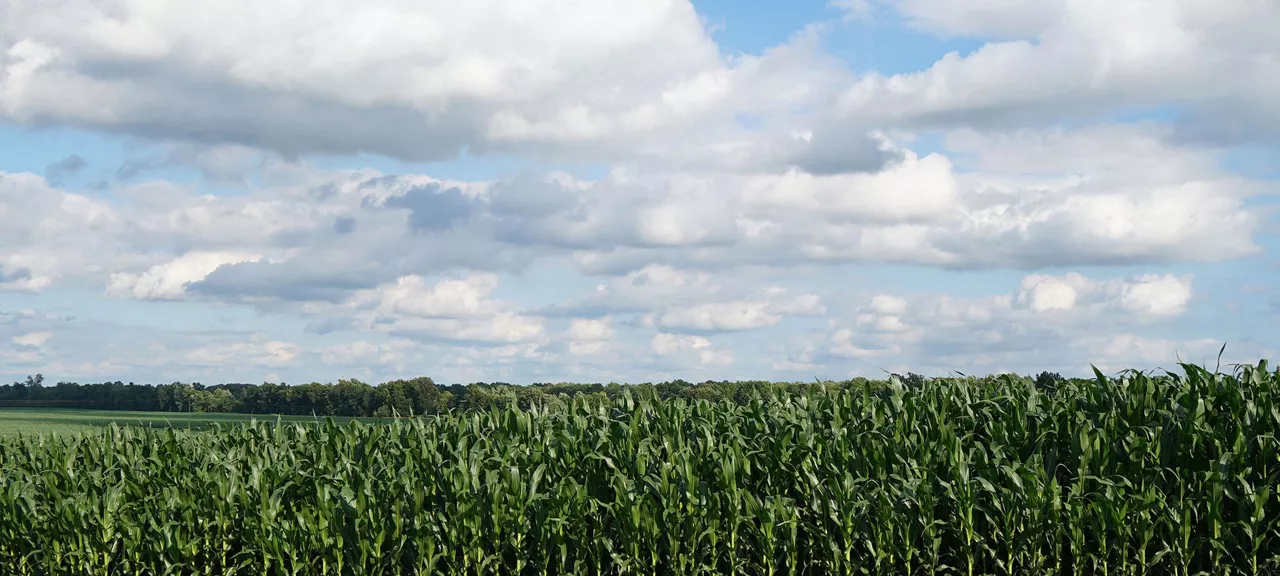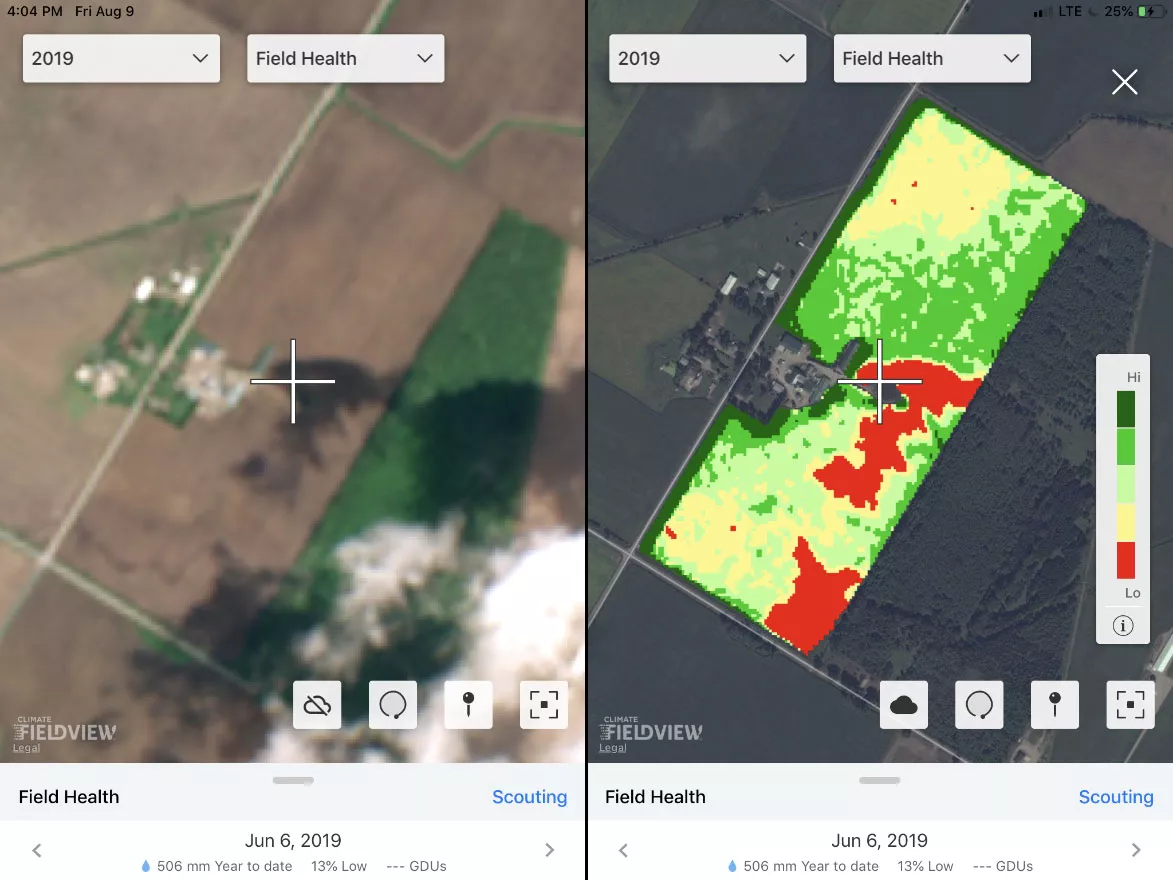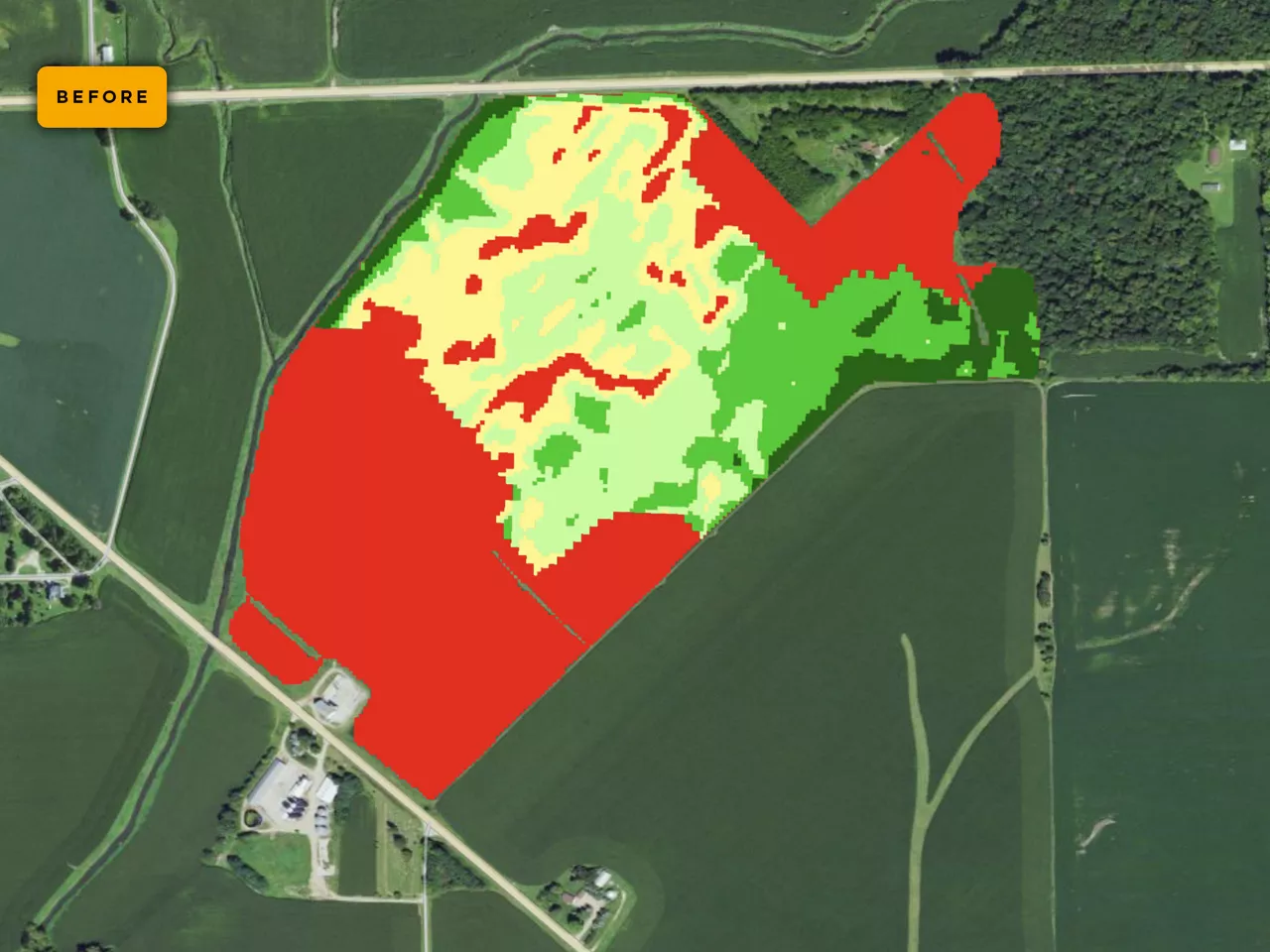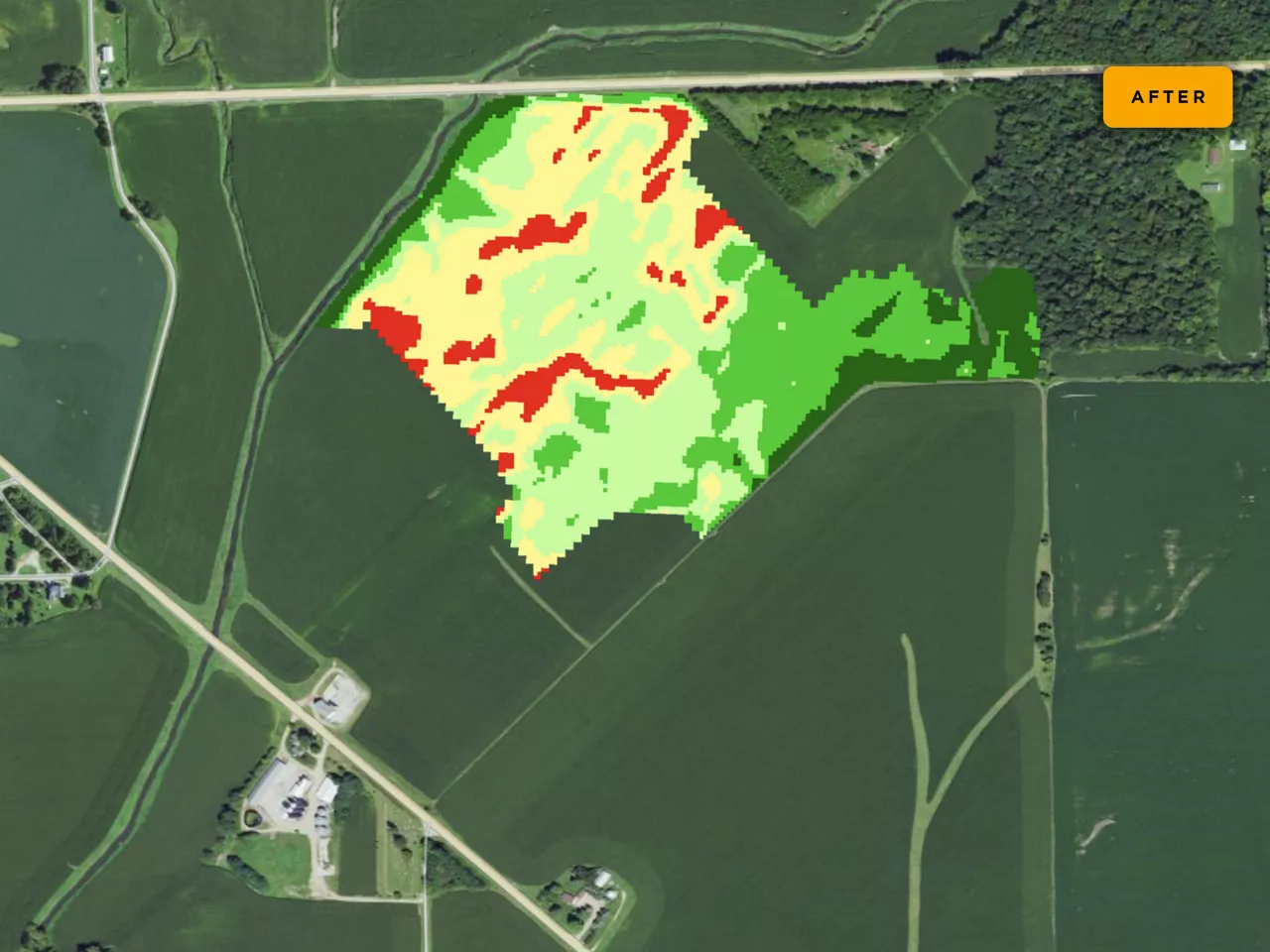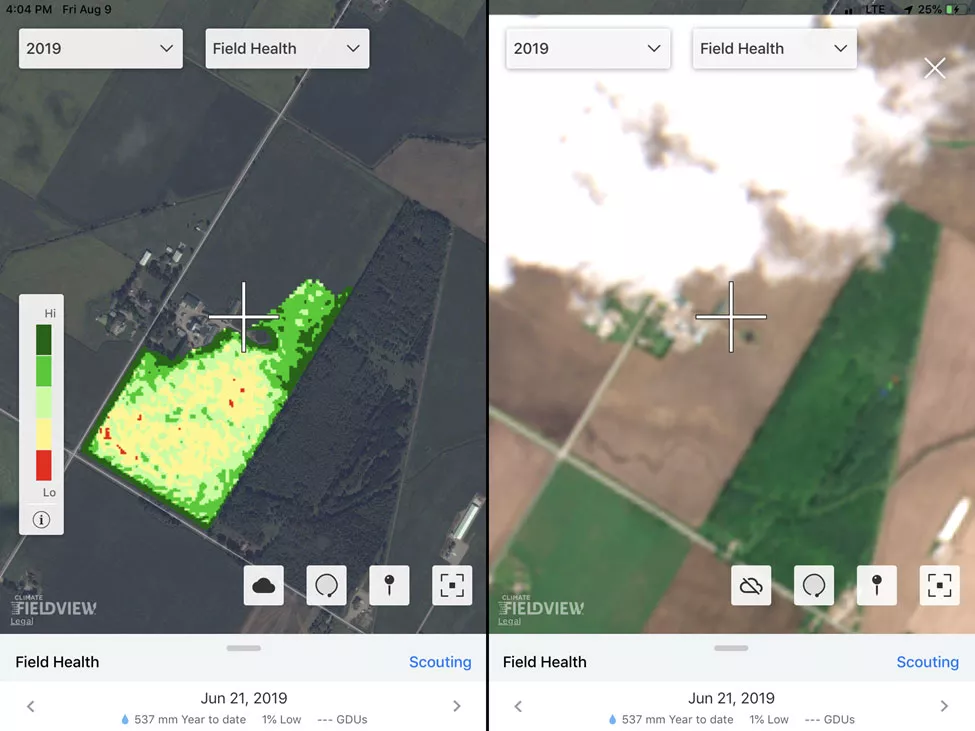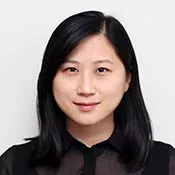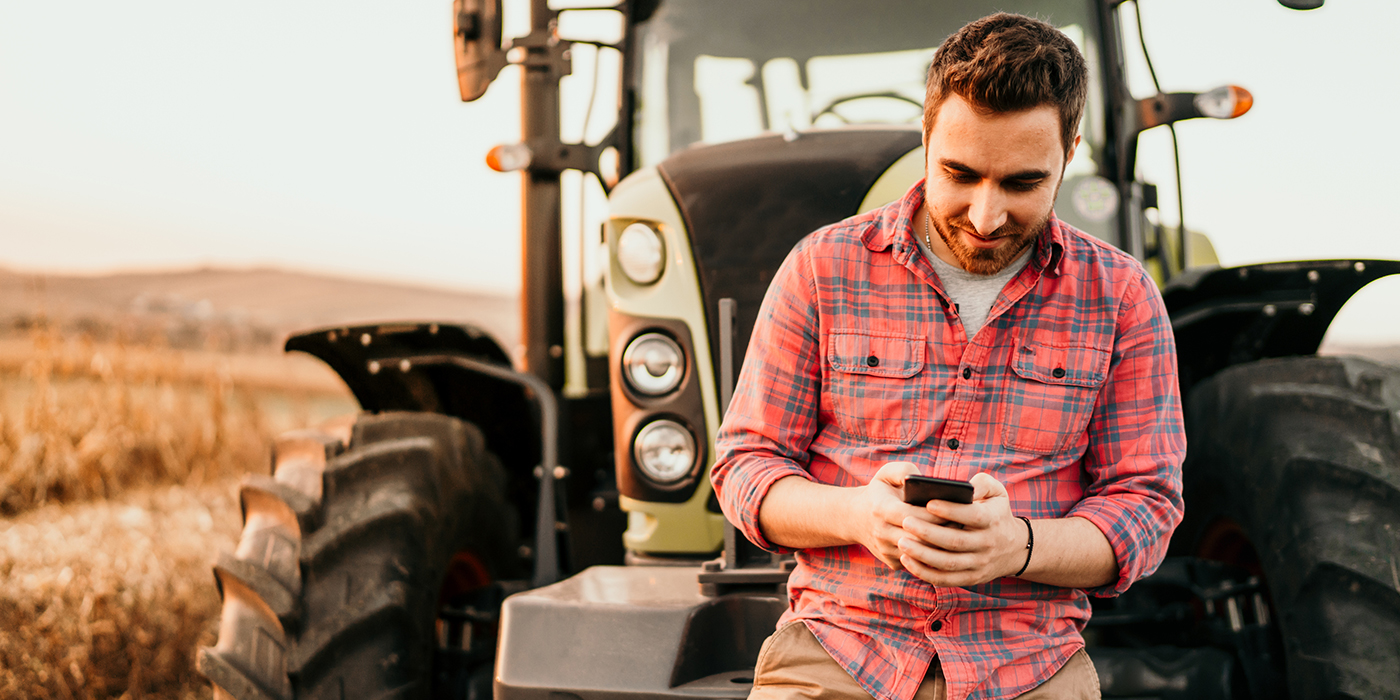We developed a way for machine learning to detect and identify cloud blockage. First, we needed to help FieldView™ learn what clouds look like. Our field health imagery tool was built for analyzing crop imagery. So in a sense, we had to “teach” or “train” FieldView to identify a cloud. This process is commonly known as “machine learning.” But how do you teach technology?
As people, we look at a picture as one object. A computer, on the other hand, will process an image as a collection of pixels. When FieldView receives a field health image, it scans every single pixel in the picture and looks for specific colours and patterns. When it sees a white cloud or dark shadow, it highlights this as a potential field health issue, when in actuality, it may not be.
Our solution was to create what’s called a “classifier” to automatically separate the parts of the picture that show signs of cloud blockage. We taught the classifier to do this using hundreds of thousands of images of clouds of different shapes, sizes and transparency. These images were analyzed across different landscapes and times during the growing season, helping the classifier learn to identify them. This innovation enables FieldView to provide a valuable field health image even if part of the picture was compromised by clouds.

